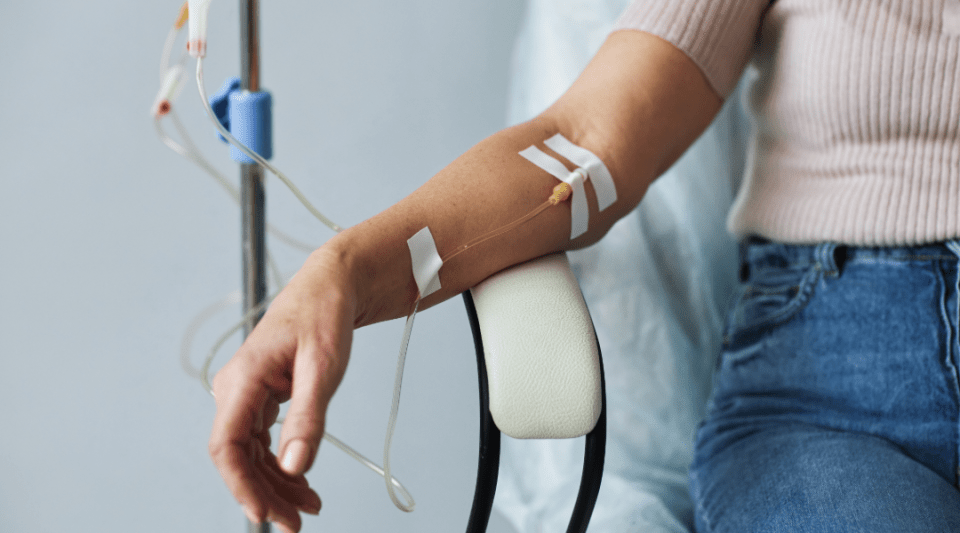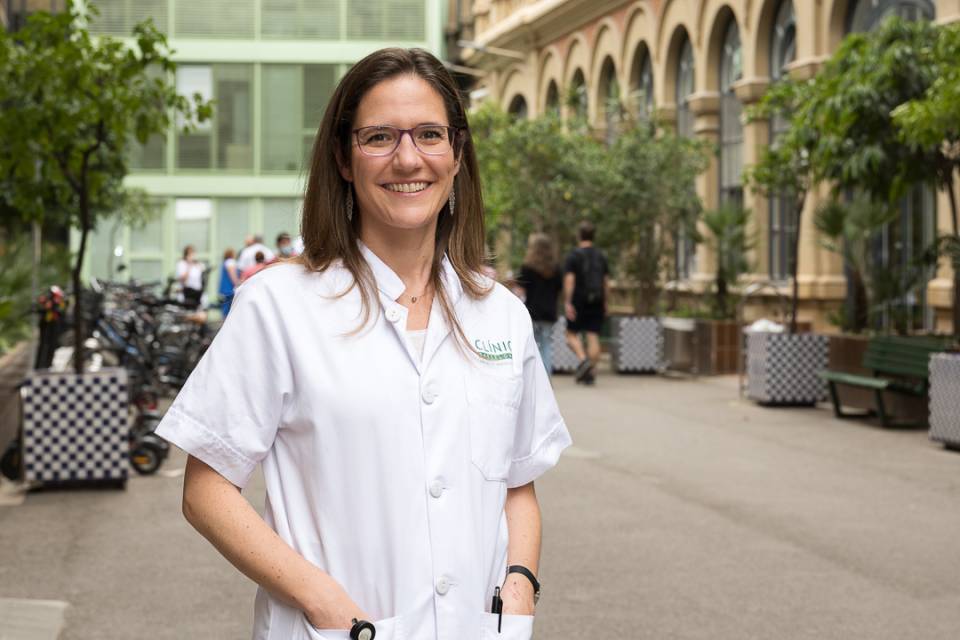- What is it?
- Causes and risk factors
- Symptoms
- Tests and diagnosis
- Treatment
- Disease evolution
- Living with disease
- Research lines
- Frequently asked questions
- Prevention
Treatment of Ischaemic Heart Disease
Once the patient has been diagnosed with acute coronary syndrome (unstable angina or acute myocardial infarction), then they should remain in hospital and rest. If the infarction is due to the total blockage of a coronary artery, then treatment aims to unblock the artery as quickly as possible since every minute counts.
Medicines used during the acute phase are:

Acetylsalicylic acid (aspirin): stops the platelets from aggregating and sticking together inside the artery and therefore reduces the chance of thrombus formation (stationary blood clots). It is the first drug that should be administered at the very onset of chest pain, even while at home.

Other platelet aggregation inhibitors: these reinforce the action of acetylsalicylic acid as they also prevent platelet aggregation. The most common one is clopidogrel, but prasugrel and ticagrelor are also used in particularly severe cases.

Anticoagulants: by means of a different mechanism, these also aim to dissolve any thrombi (clots) inside the artery. Different types of heparin are used and may be administered by either intravenous or subcutaneous injections.

Beta-blockers: they work by slowing down the patient’s heart rate so it is in a more restful state and demands less oxygen. They also reduce the risk of arrhythmias.

Pain relieving medicines: in several cases patients may require morphine if the pain is very intense.

Nitroglycerine: can be administered as a tablet, sprayed underneath the tongue or by intravenous injections. It is used to dilate the heart’s arteries allowing more blood to flow through them.

Thrombolytic or fibrinolytic agents. In cases where a thrombus is completely blocking an artery, these drugs can be administered in order to break the clot down and thin the blood. They are very powerful and only indicated in very specific cases; they are not administered very often, unlike other medicines used for ischaemic cardiomyopathy.
Although all patients should receive treatment with medication, sometimes the blood flow in the heart muscle should try to be recovered.

Angioplasty or percutaneous coronary revascularisation. The first step is to take a coronary angiogram, or perform a coronary catheterisation. If an artery is suspected of being totally blocked, then the catheterisation must be performed urgently and without hesitation. The patient should be transferred in a medically equipped ambulance to the nearest health centre capable of realising a coronary angiogram. In cases of angina or infarction without total occlusion of an artery, the coronary angiogram can be deferred for up to 24 hours.
Coronary angiography will reveal which artery or arteries are affected. Using the catheter that has already been introduced at the patient’s groin or wrist, the doctor guides a small balloon to the site of the obstruction and then inflates it with air. And so the procedure helps the artery remain open. Additionally, in the majority of cases, a stent (a spring-like metal tube) is inserted to reinforce the lining of the artery and prevent it from closing again. This procedure is called an angioplasty with stenting. Modern stents are covered with drugs that prevent them from blocking early. Inserting a stent often involves extending pharmacological treatment to a second anti-platelet drug for a few months.
As commented before, sometimes no significant obstruction is seen in the arteries and nothing more is required during a coronarography. This is known as a myocardial infarction with no obstructive coronary arteries (MINOCA) or Takotsubo cardiomyopathy. These diagnoses are more frequent in women.

Coronary revascularisation or heart bypass surgery. Sometimes more than one coronary artery is blocked or there are multiple lesions which are difficult to treat with an angioplasty. An alternative solution for such cases is to perform heart bypass surgery.
It is performed in an operating theatre under general anaesthetic. The surgeon will open the sternum to allow good access to the heart (grafts of the person's own artery or vein to bypass the obstruction).
The blood stream is sent to a heart-lung machine; this acts as an artificial heart and maintains the blood supply to all of the body’s organs while the heart is treated.
Surgery consists in sowing one of the patient’s own veins or arteries into a position parallel with the diseased vessel, without touching the obstructed section. This creates a bypass, or a secondary circulation, through which the blood can reach the heart muscle without any obstructions. Surgeons use one of the patient’s own arteries, called the internal mammary artery, or a vein taken from the legs.
One difference between men and women is that the latter have thinner coronary arteries than men. This may make it more difficult to construct an adequately sized bypass, so women receive fewer grafts and they are of less quality than men, which can have long-term repercussions. The cardiac surgeon will always try to restore the circulation as effectively and long-lasting as possible.
The essential objective of long-term treatment is secondary prevention, i.e., to ensure there is no recurrence of the angina or infarction (heart attack). This requires a combination of lifestyle changes and drug therapy. Therefore, therapeutic objectives are stricter than in the general population.
Drugs
Patients suffering from ischaemic heart disease should take a drug treatment whose main objective is to prevent obstruction (anti-platelets and statins). If necessary, drugs can also be added to try and reduce the consumption of oxygen from the heart, expand coronary arteries or treat complications (arrhythmias or heart failure).

Platelet aggregation inhibitors. Patients who have suffered any event brought on by atherosclerosis must take platelet aggregation inhibitors permanently, unless they are contraindicated. These drugs stop platelets from clumping together which has the effect of thinning the blood and reduces the risk of thrombus formation inside a coronary artery. Acetylsalicylic acid (aspirin) is the most common platelet inhibitor.

Statins. These drugs reduce blood cholesterol levels. They also help stabilise and prevent the rupture of atheromatous plaques, reduce blood vessel inflammation and decrease the likelihood of an infarction. Statins are therefore indicated in all patients with ischaemic cardiomyopathy, even if they have acceptable cholesterol levels.

Nitroglycerine and its derivatives (nitrates, either as tablets or transdermal patches): these drugs are known as vasodilators. They relax the arteries and veins, including the coronary vessels, thereby increasing blood flow in the affected area and eliminating chest pain from angina. They are also available as ‘quick relief’ tablets; patients with Ischaemic Heart Disease should carry 1 or 2 tablets in their pocket. Whenever the chest pain appears you should stop any physical activities, sit down and place a tablet under your tongue. If the pain subsides in 10 minutes you can restart the activity, but remember to tell your doctor about the episode at your next appointment. By contrast, if the pain does not disappear you should take a second tablet. And if after this the pain persists, then you must call the emergency medical services.

Beta-blockers (bisoprolol, carvedilol, nebivolol, metoprolol, atenolol, etc.): decrease blood pressure and heart rate, hence the heart requires less oxygen to function correctly. They can also reduce the risk of arrhythmias.

Other anti-anginal agents are calcium channel blockers, relax the muscles of the coronary arteries and mitigate the effects of obstructions and spasms; ivabradine reduces heart rate and so the heart requires less oxygen and ranolazine acts on the primary and secondary blood vessels and decreases the risk of angina. This latter it is particularly effective in diabetic patients. This vasodilator treatment is particularly indicated in cases of microvascular disease without coronary obstruction, which is more common in women.
Lifestyle modification
Lifestyle modification is the key to avoiding or preventing ischaemic heart disease. This approach allows us to improve the modifiable aspects of a person’s health.

Stop smoking. Smoking is the biggest cardiovascular risk factor, with the incidence of coronary pathology in smokers being three times greater than in the rest of the population.
Not smoking is associated with a reduction in the risk of reinfarction and death. There are many strategies to stop smoking and smoking cessation programmes are very effective since they combine behavioural strategies, pharmacotherapy and advice from a healthcare professional, but require individual motivation.
You should:
- Avoid situations that remind you of smoking.
- Remember your reasons for stopping smoking.
- Perform activities you like, so you are distracted.
If you stop smoking, you:
- Improve your blood pressure and heart rate.
- Improve your sense of smell and skin’s appearance.
- Breathe better.
- Reduce the possibility of new cardiovascular problems.
- Increase your ability to perform all kinds of activities.
- Save money.

Eat a balanced diet. A Mediterranean diet and healthy eating habits can help reduce cardiovascular risk in everyone, including those with cardiovascular disease. To follow a heart healthy diet, nutrition and dietary professionals advise the use of olive oil and following the plate method. Half of the plate should contain vegetables and/or fruit; a quarter of the dish taken up by proteins (blue or white fish, eggs, meat - preferably chicken, turkey or rabbit - and natural or roasted nuts); and the final quarter being carbohydrates (potato, pulses, pasta, rice or bread - preferably wholemeal, for the fibre content).

Exercise regularly. According to World Health Organisation (WHO) recommendations, adults with chronic pathologies should limit their sedentary time and replace it with physical activity of any intensity.
General recommendations on physical activity include a regular combination of aerobic and strength training throughout the week. Continuous physical exercise is recommended. Physical exercise improves muscle tone and the strength of the heart. Performing physical exercise reduces the probability of heart arteries blocking up again.

Relax and reduce stress. Stressful situations, often related to work or family problems, have a negative impact on our health. The fact that you have suffered a heart attack can also produce a great deal of anxiety and depression. In the case of women, stress and low mood have a negative influence on prognosis and the quality of life in general. It is important you learn to relax and dedicate a part of each day to looking after yourself. If you find it difficult, then seek help from a professional.

Control the risk factors. Maintaining the diseases associated with atherosclerosis (obesity, diabetes, high blood pressure or hypercholesterolemia) under good control helps improve your prognosis, is key to improve outcomes—specifically, by managing all modifiable cardiovascular risk factors.

Moderate alcohol consumption. Recommendations are two glasses of wine per day for men and one glass per day for women. The consumption of distilled drinks can have negative repercussions on your cardiovascular health.
Cardiac rehabilitation programmes after an acute cardiovascular event have proven to be very effective in improving risk factor control and implementing lifestyle changes, and are recommended in the vast majority of cases.
Women's participation in cardiac rehabilitation programmes is lower compared to men. This may be due to the influence of gender roles (such as family and caregiving responsibilities), which limit time available for self-care and have a direct impact on women's health.
To overcome this bias, it is essential to educate patients on the importance and benefits of participating in cardiac rehabilitation programmes.
Substantiated information by:
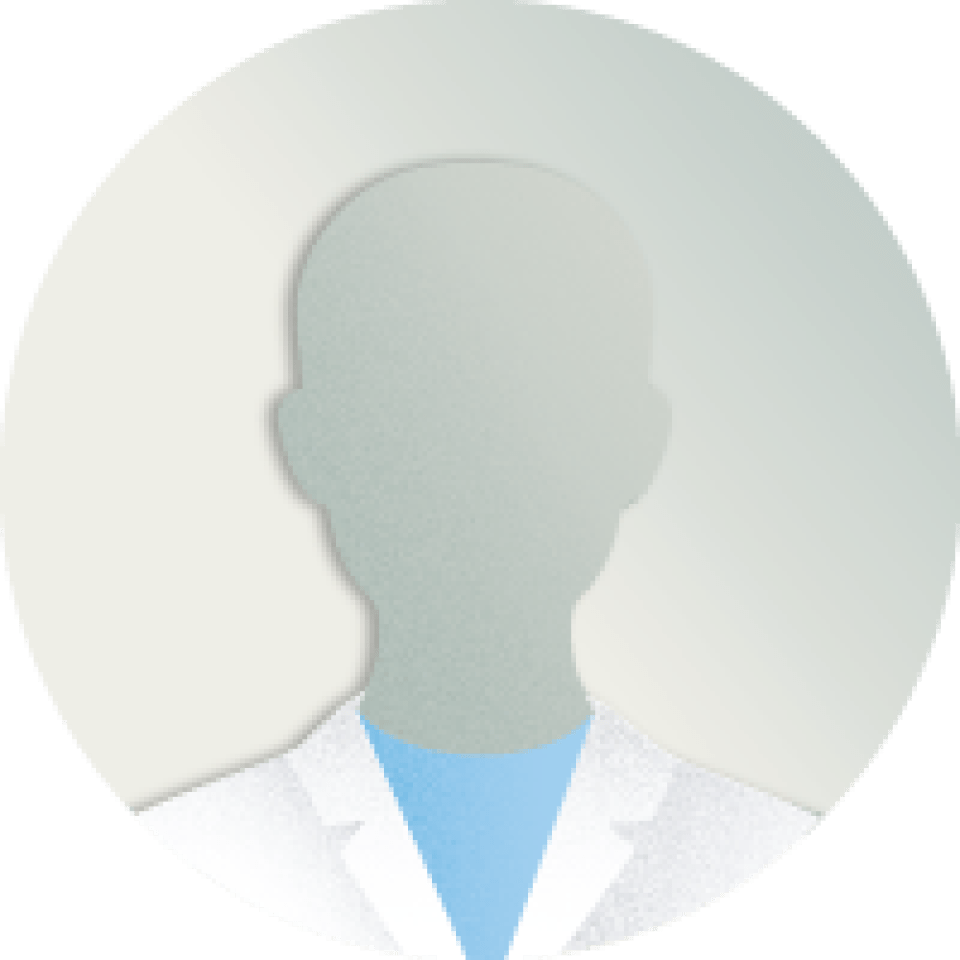
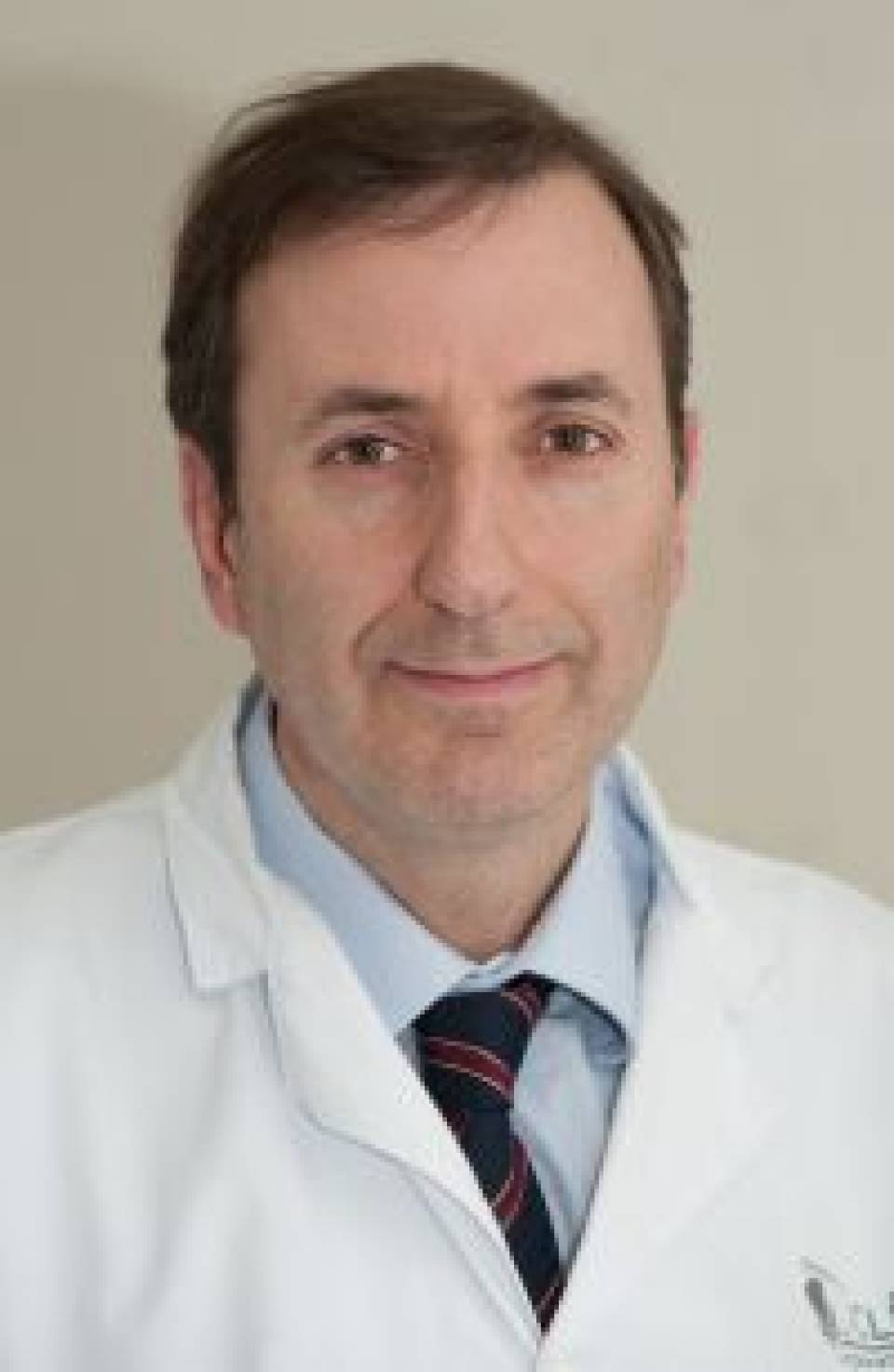
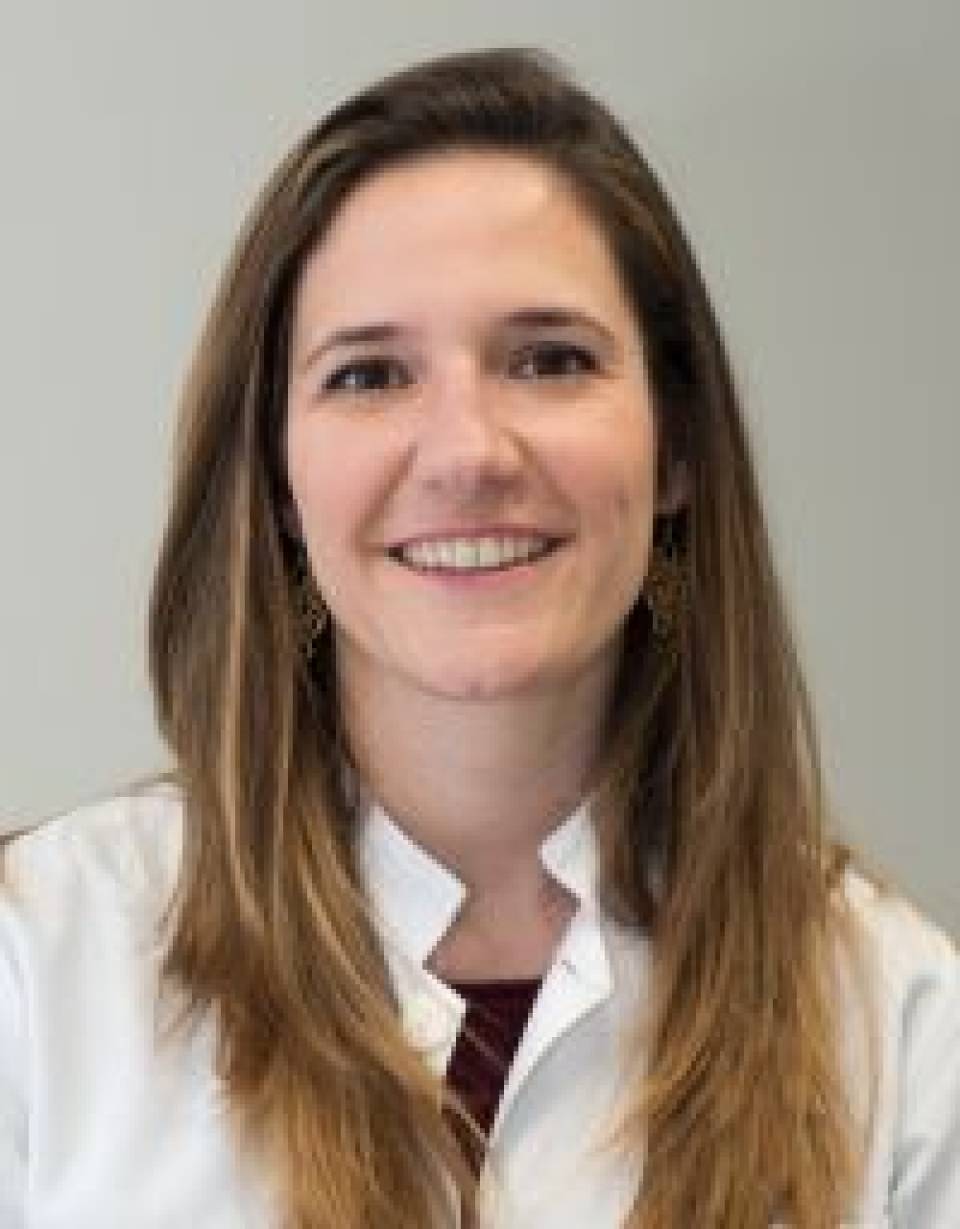

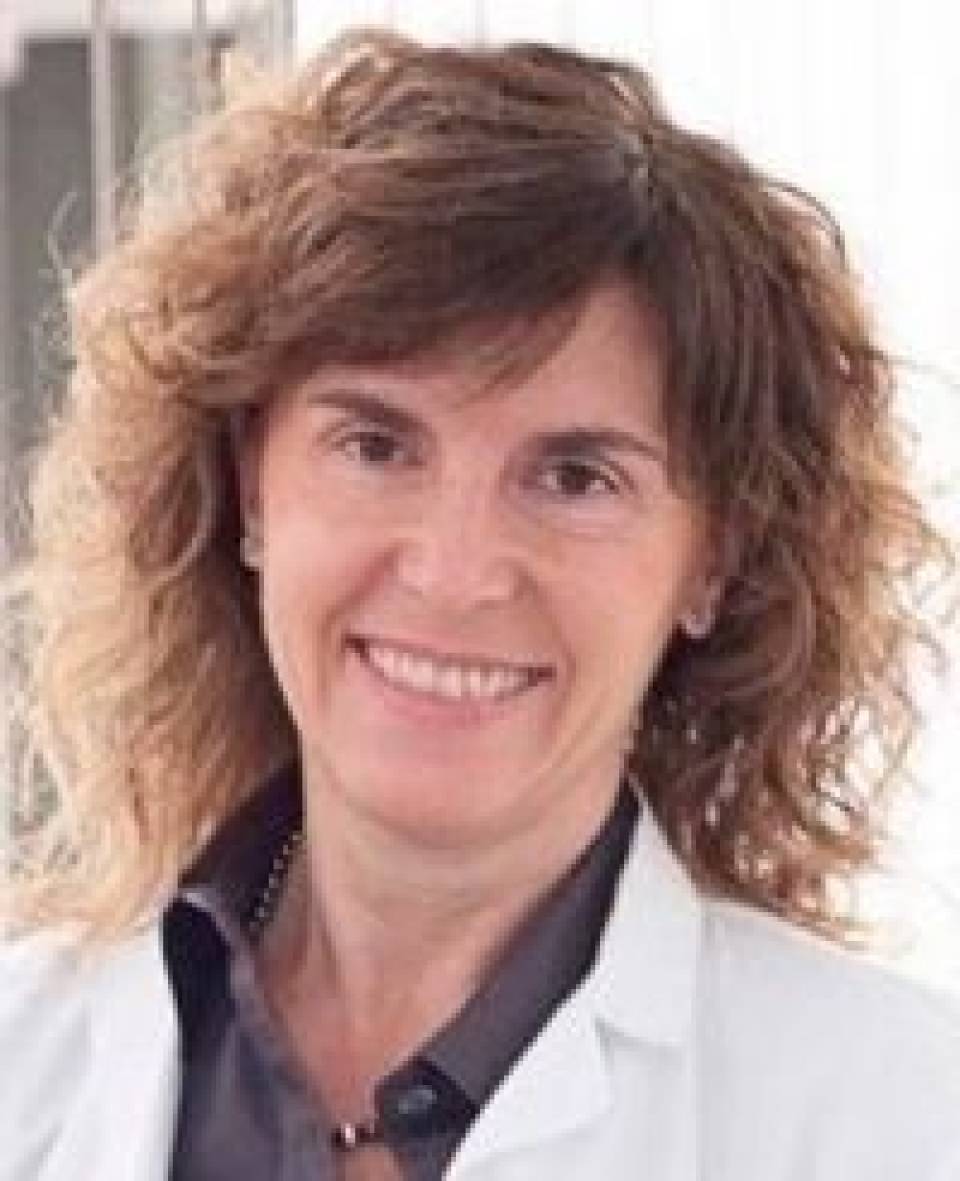

Published: 20 February 2018
Updated: 9 June 2025
Subscribe
Receive the latest updates related to this content.
Thank you for subscribing!
If this is the first time you subscribe you will receive a confirmation email, check your inbox

